America’s Systemic Neglect of Public Transit
Nearly everyone who takes the 52, 40, VTA Light Rail, or even Caltrain to campus has had one issue or another with transit — whether it be bus-bunching, overcrowding, less than seamless transfers; any of the numerous symptoms of decay in our public transit system. I made a new friend, a foreign exchange student, on one of those hectic rides.
“It’s much better in Japan,” Ruiko Asano told me, echoing what nearly every student from another country had told me about our public transit system already.
Tokyo is home to one of the most modern, efficient, and popular rail systems in the world; their trains carry nearly 14 billion passengers a year. Hong Kong, widely known for its modernized infrastructure, provides free wifi, clean facilities, and even food outlets at every high speed rail station. Nearly 1.5 billion passengers a year depend on Madrid’s transit system, which happens to include the sixth longest metro in the world. The list of impressive statistics and amenities goes on for the transit systems of developed countries worldwide — save one notable exception: The United States.
According to the World Economics Forum, The US is ranked 10th in the world for its infrastructure, and, unfortunately, that isn’t a surprise. Only five percent of all workers in the United States rely on public transportation to get to work. In the entire country, there are only fifteen disconnected city subway systems — one of them being BART, the train we all wish operated closer to our homes.
The reason for the shortcomings of our daily commute may seem obvious at first: cliché suburban images of spaced out, single family houses with lawns and picket fences have been associated with America since the 1950s. Arguably, these low density areas are a pain to navigate buses and trains through. Exempting perfect grid-like arrangements (think cities like San Francisco or New York) most of America is still a twirling labyrinth of roads designed for navigation by car.
But that can’t possibly be all that’s impeding our public transit system — take a country like Canada. Although generally the layout of its cities are fairly comparable to those in the United States, it still manages to boast a train system that is efficient and heavily relied upon by citizens. So where did America go wrong?
The answer lies in our history and politics. The shift from big cities to small suburbs went hand in hand with the popularization of cars and the development of highways, meaning congested roadways, and less room for privatized mass-transit. The privatized transit industry went bankrupt, and it was then up to municipalities to provide for the many who didn’t own their own vehicles.
The mostly white, wealthy, car-owning populations of suburbia don’t need public transportation; poor, working class minorities living in the urban sector do. And when cities began viewing public transportation as aid to the poor, funding became harder to reach. Most upper-class Americans don’t want to be taxed for a service they aren’t going to use — and the development, expansion, and upkeep of transit is costly.
As long as our country continues to view public transportation as a run-down money vacuum for the lower class, a run-down system is all it’ll ever be. In reality, the redevelopment of public transit would benefit our economy, environment, and the lives of our citizens.
Cars clog our streets every morning, parking lots overflow, and bus 52 only shows up once every thirty minutes, but all of that can change. All it takes is a change in our national attitude.

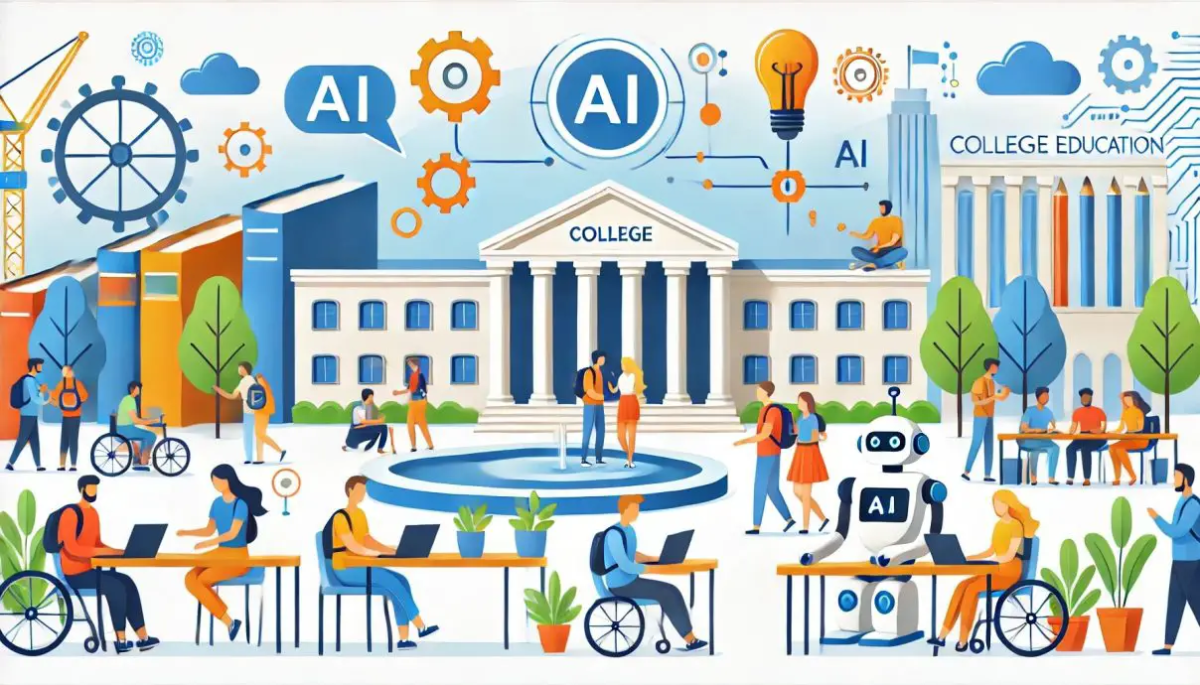







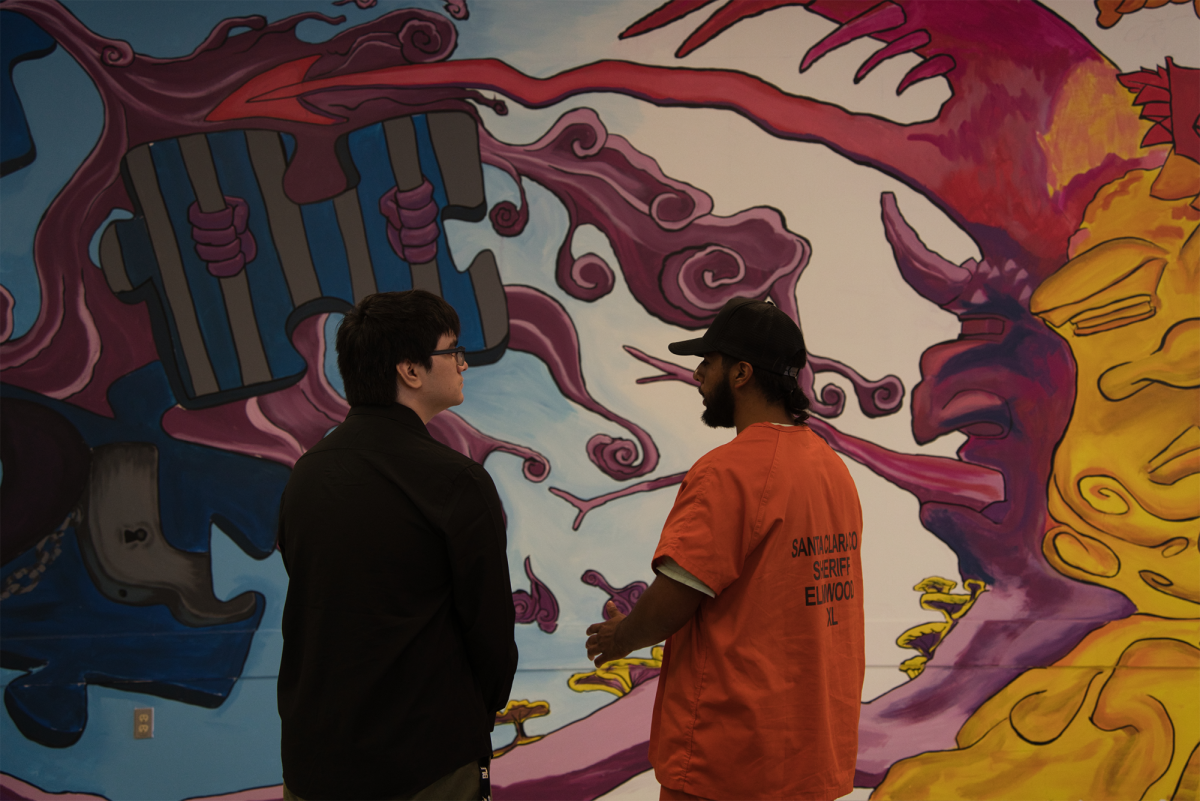

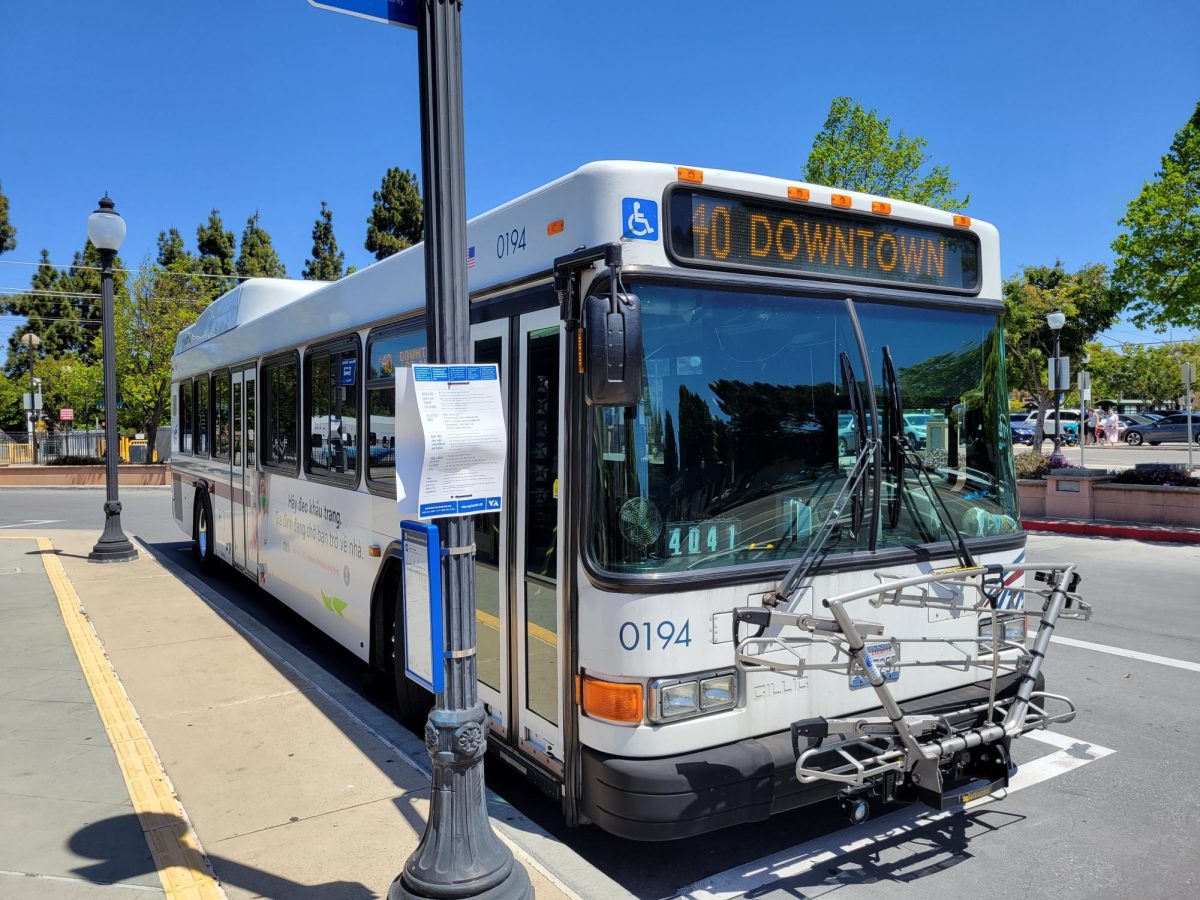
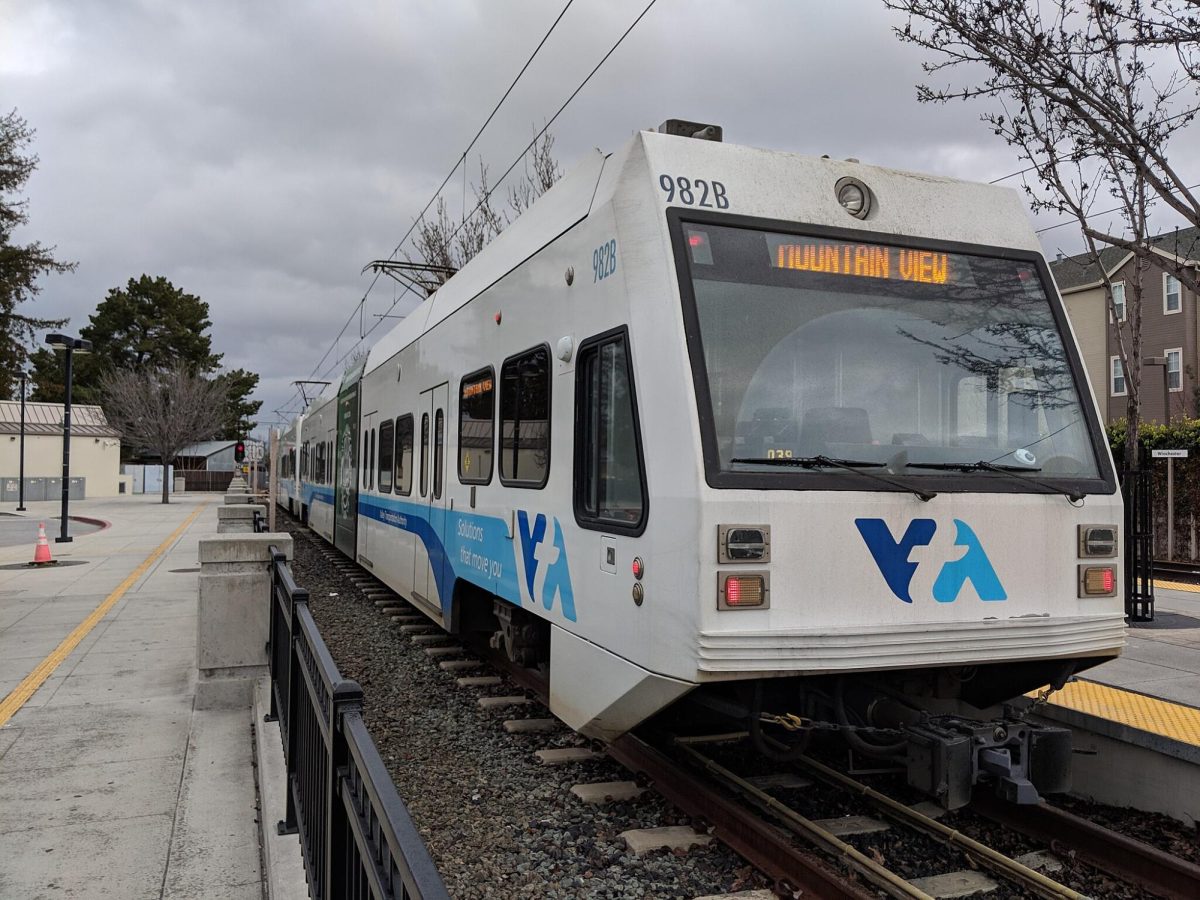


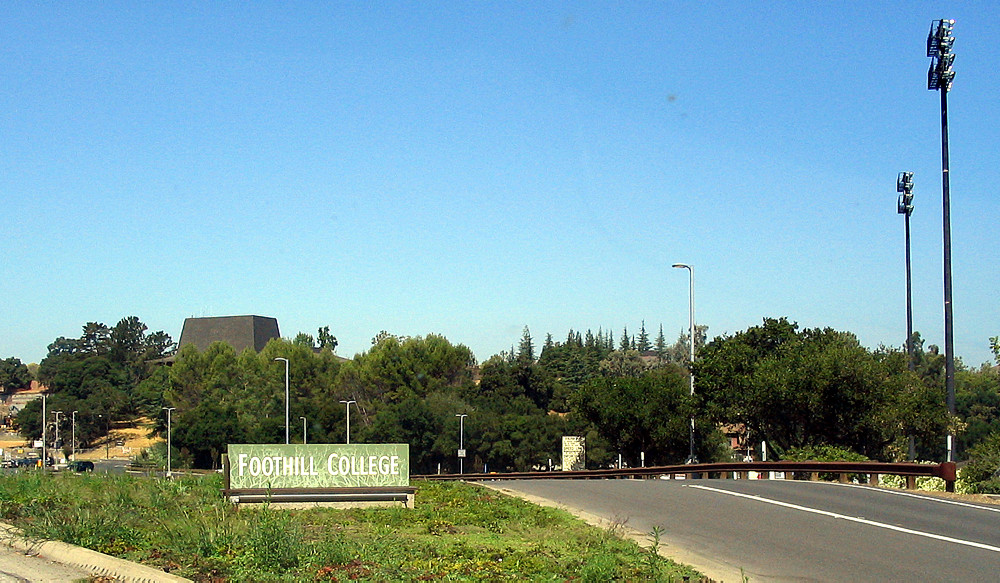





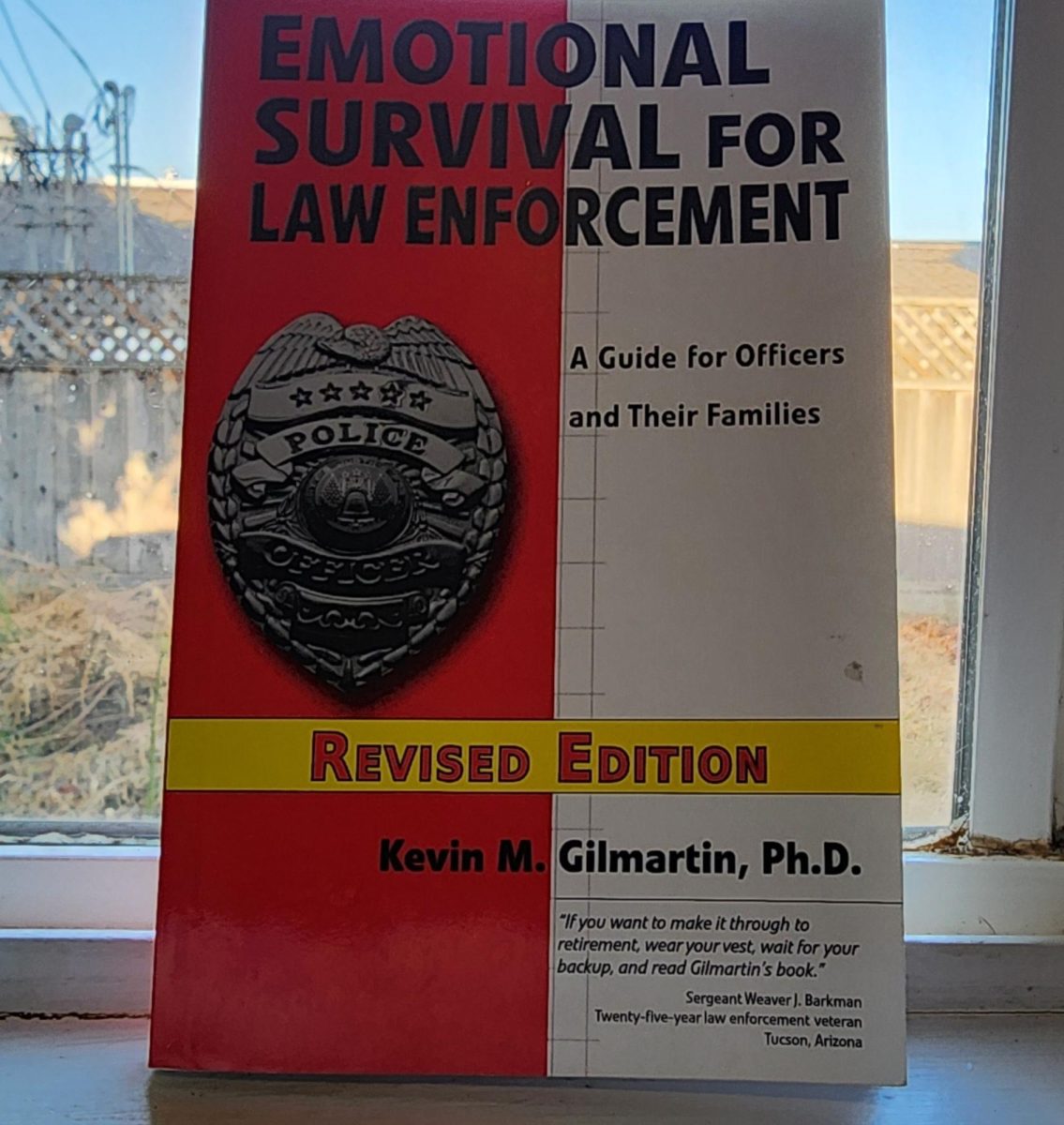



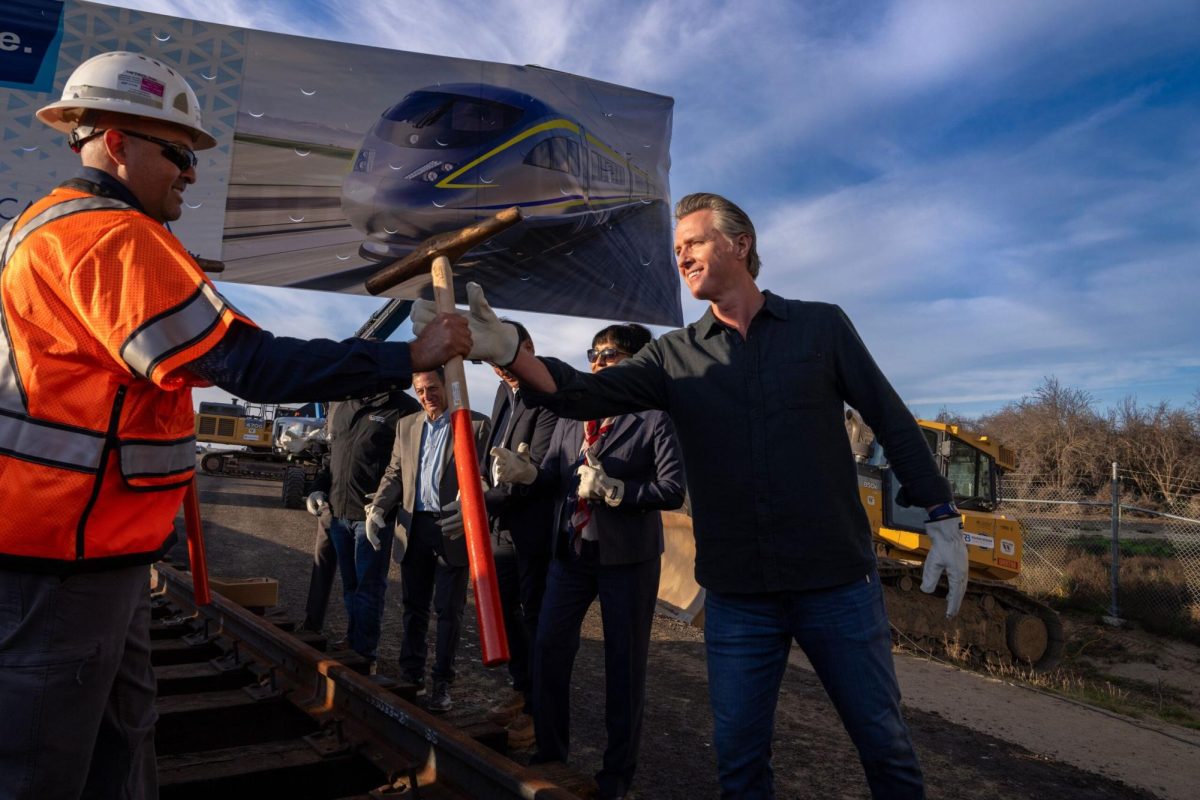
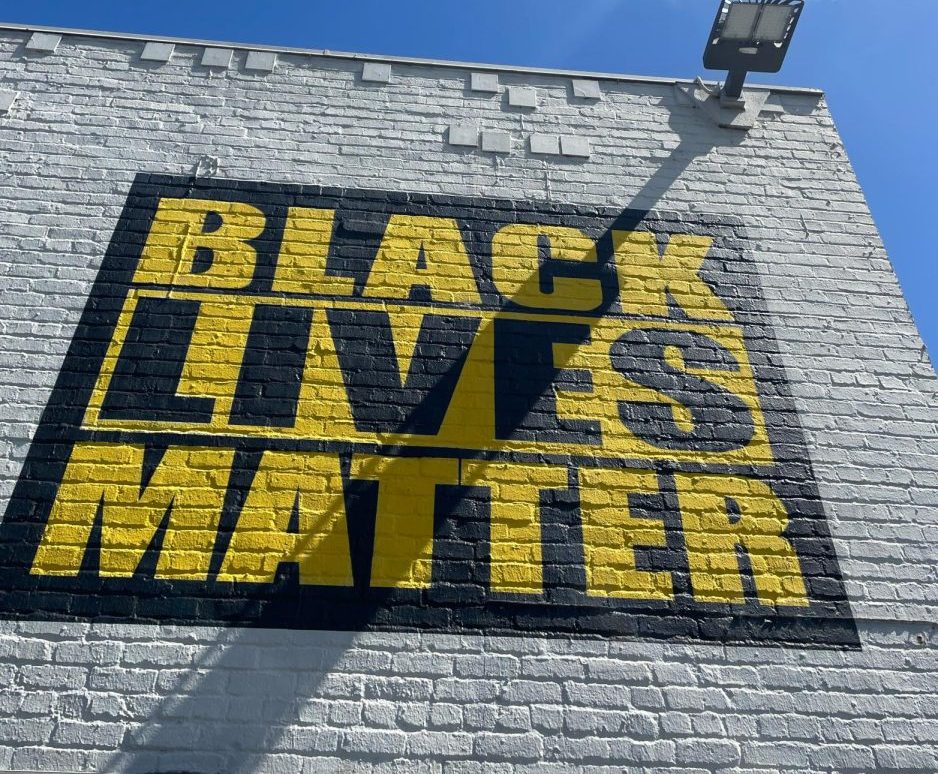


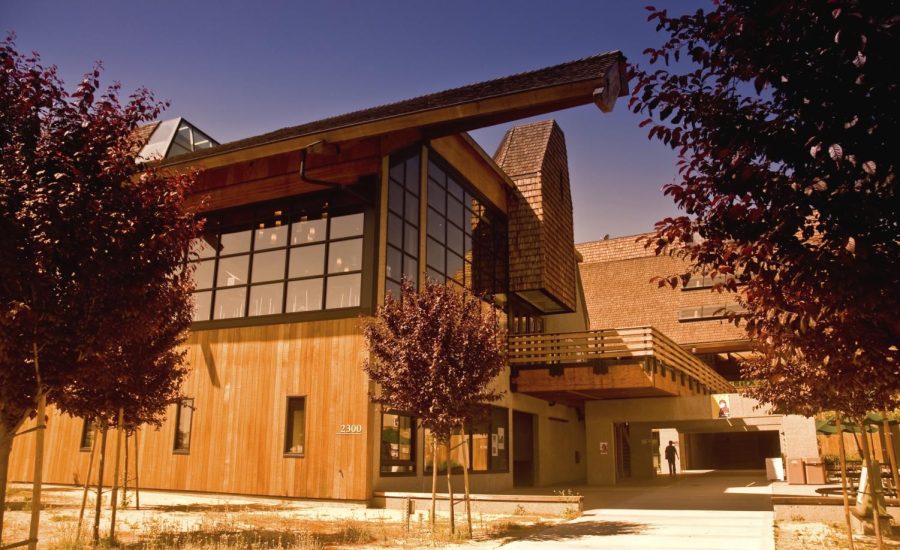
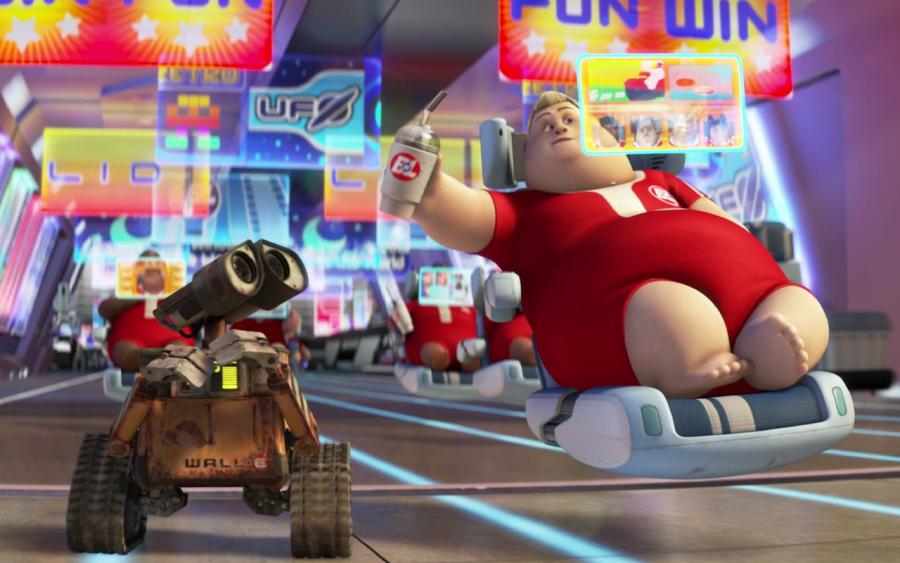






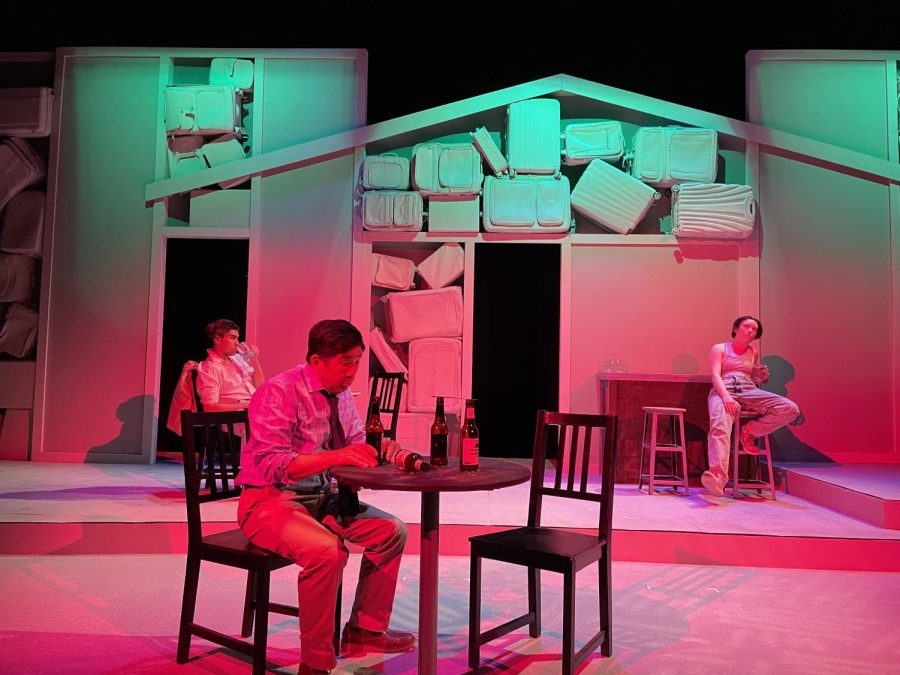


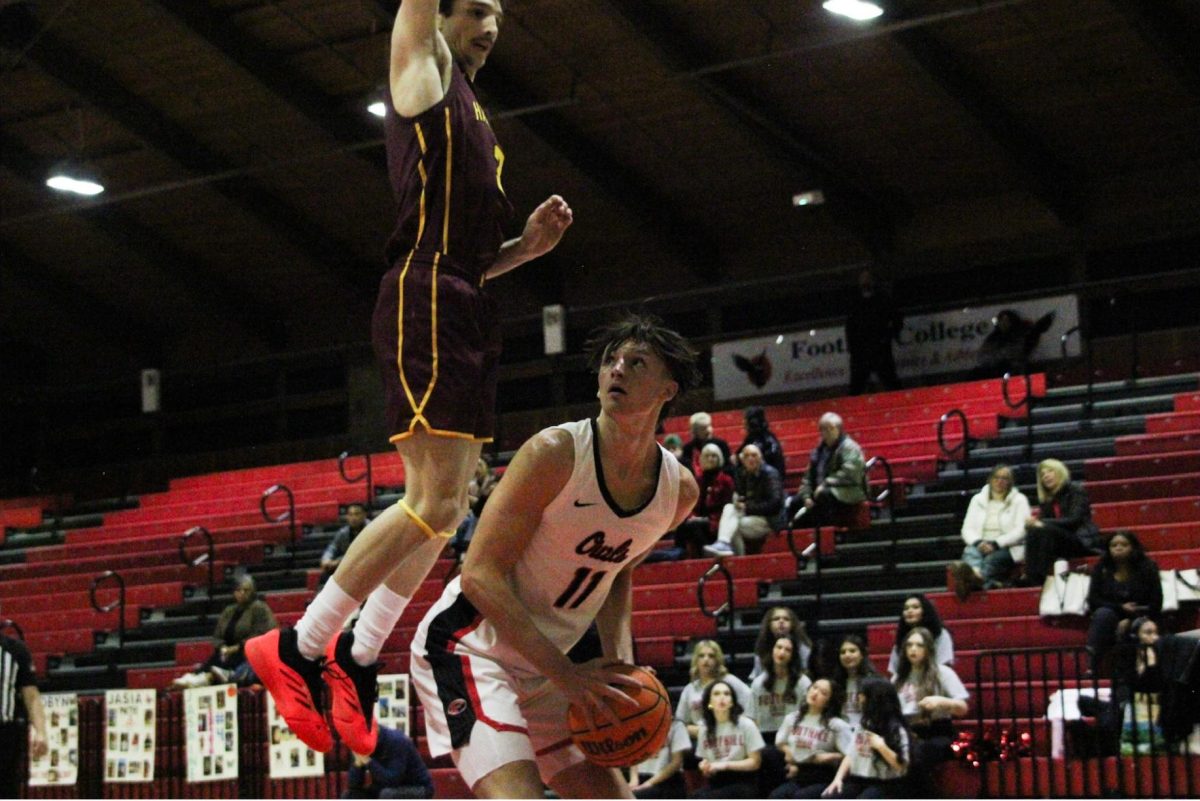
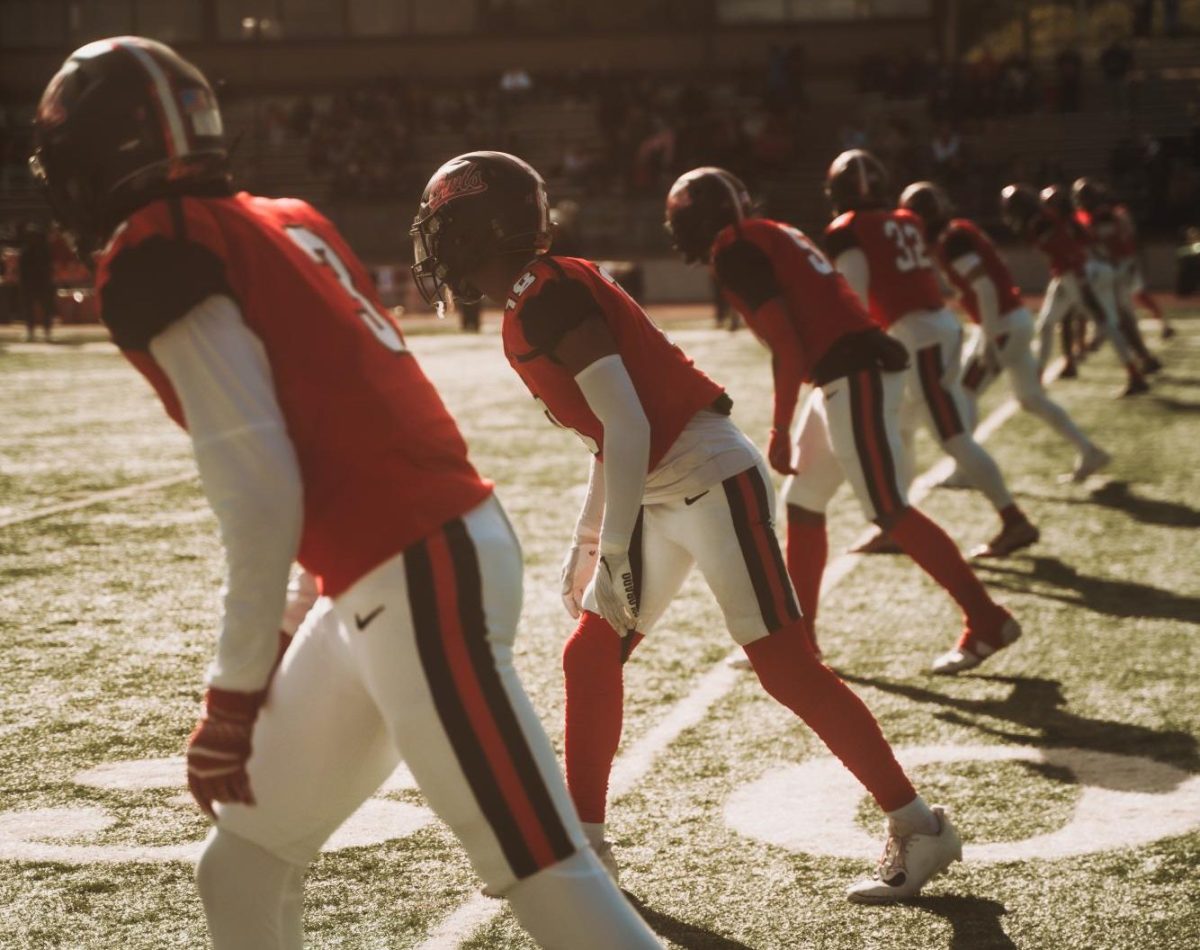
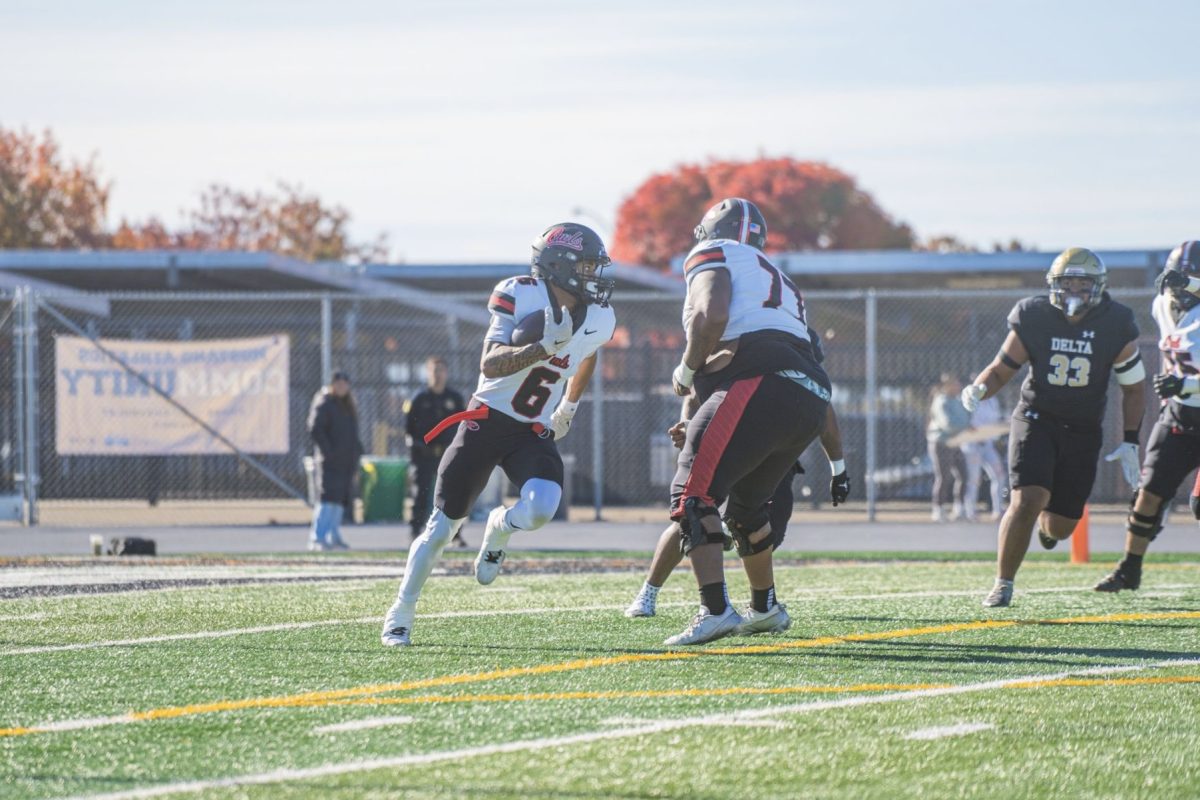

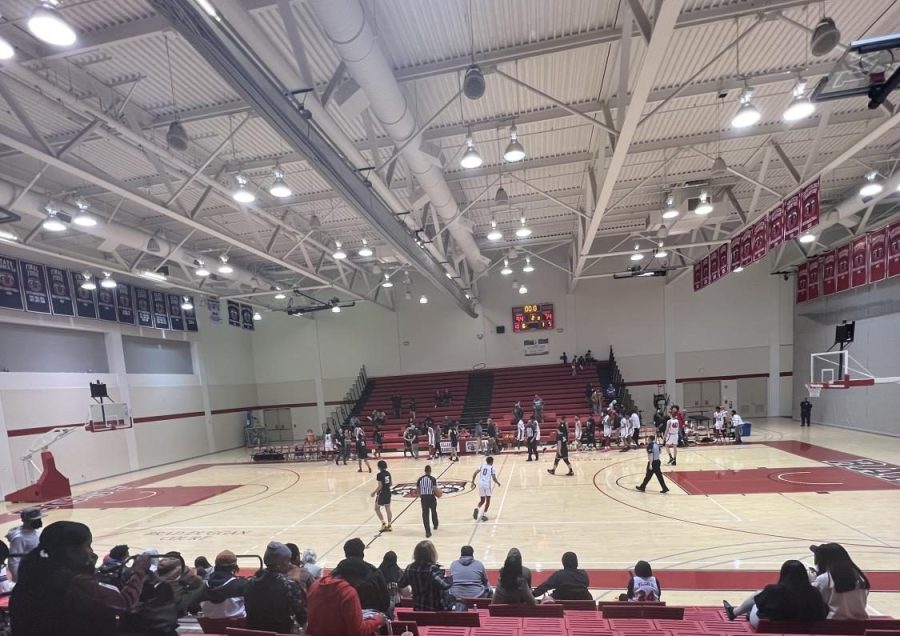
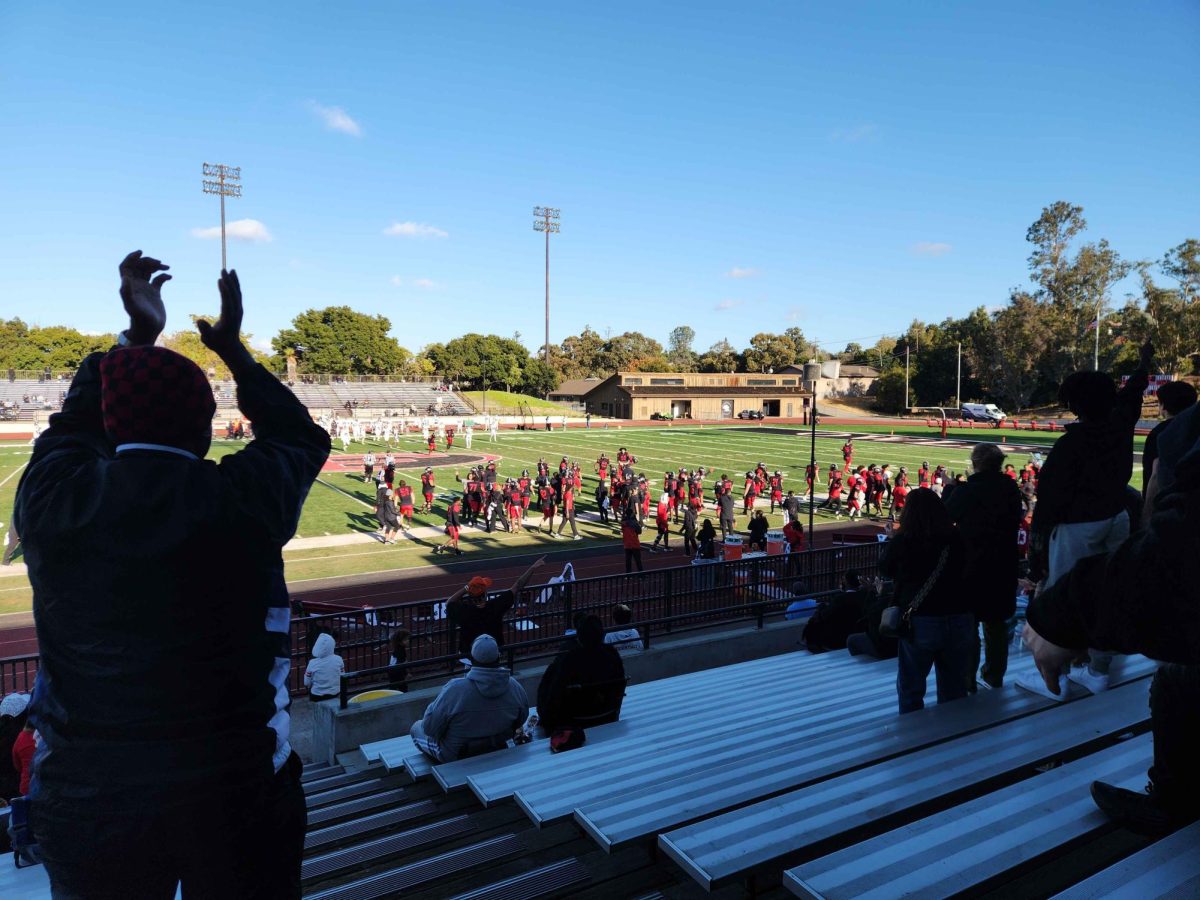
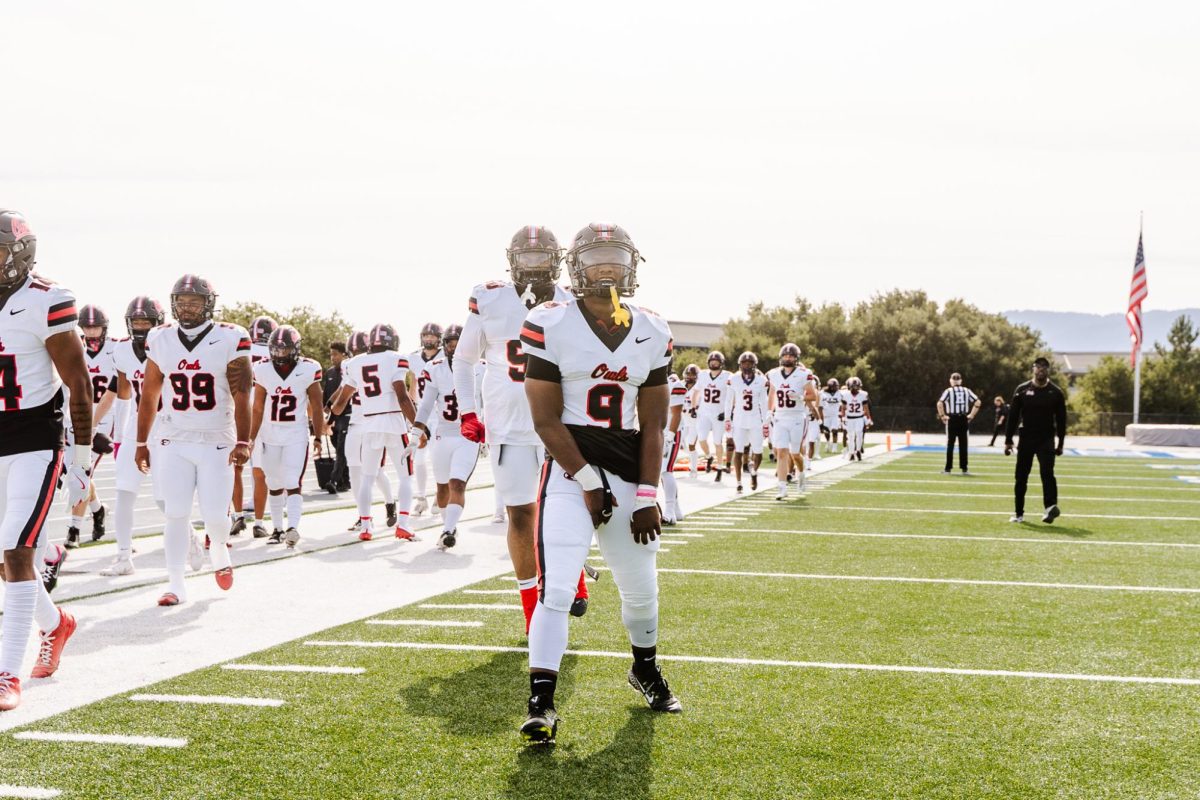
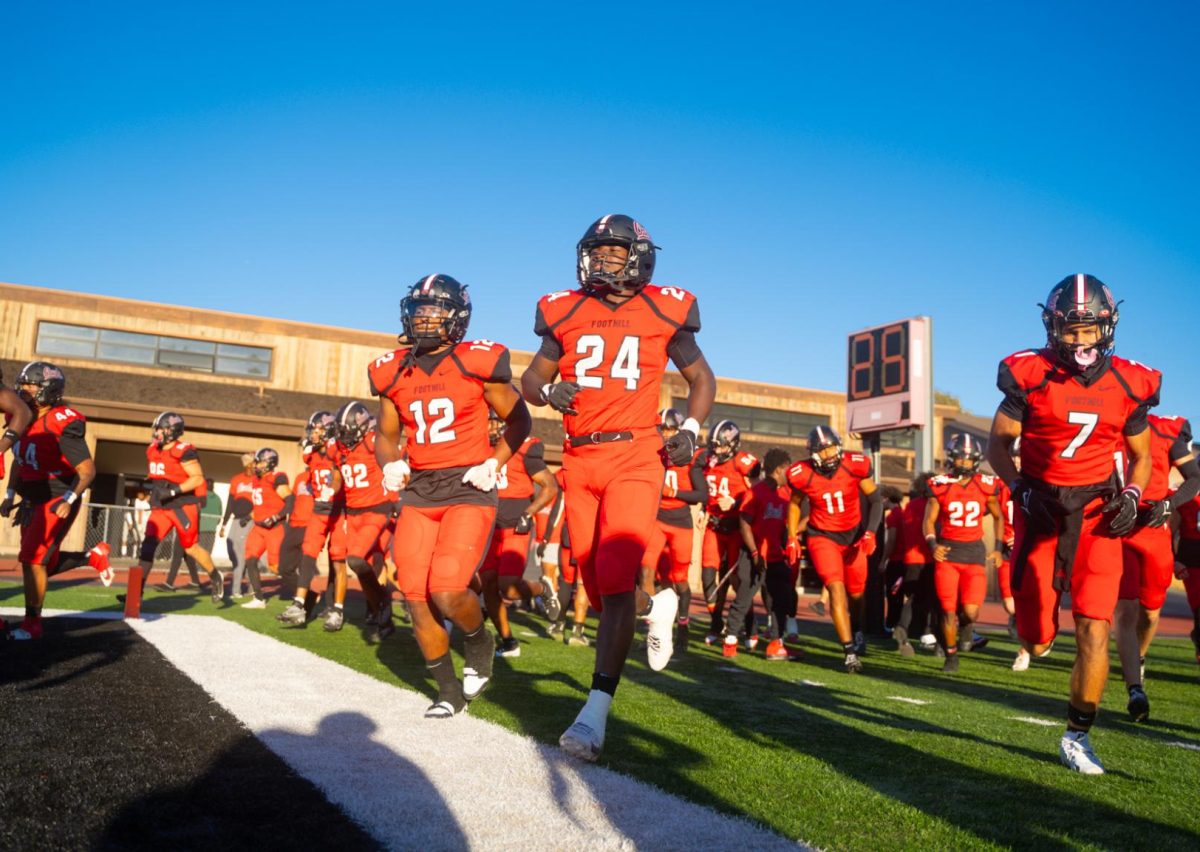
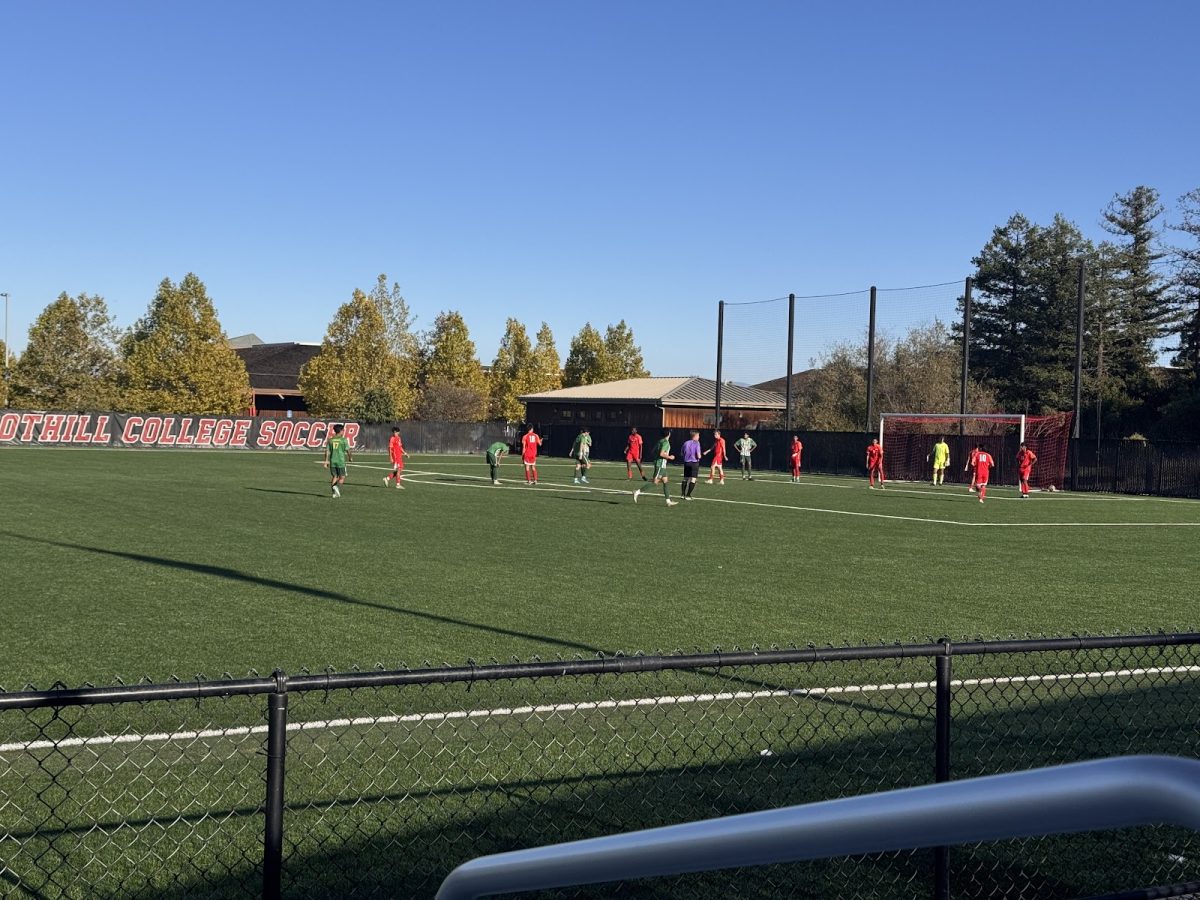



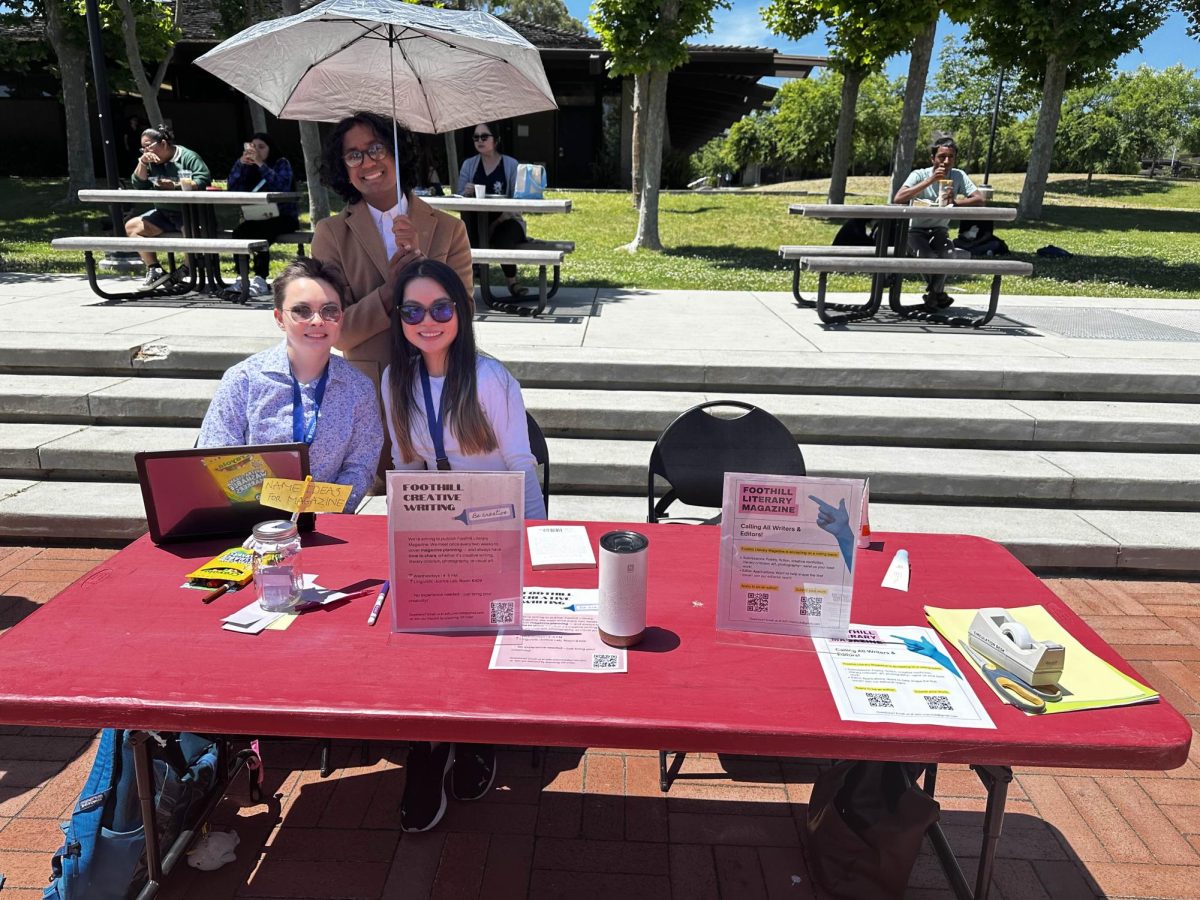











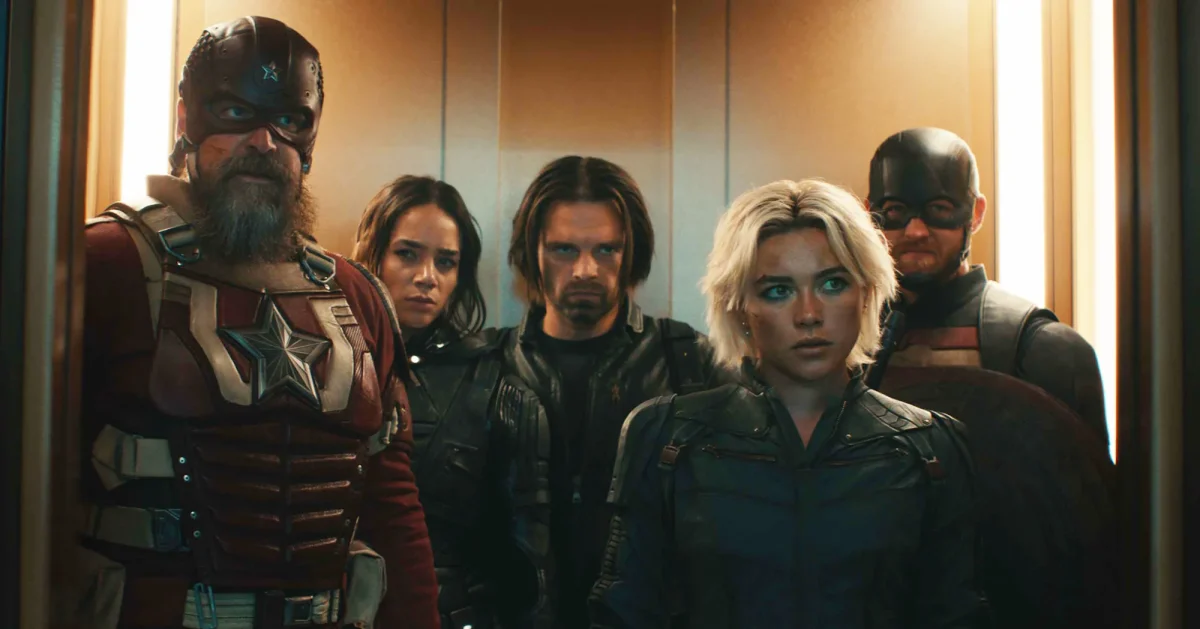
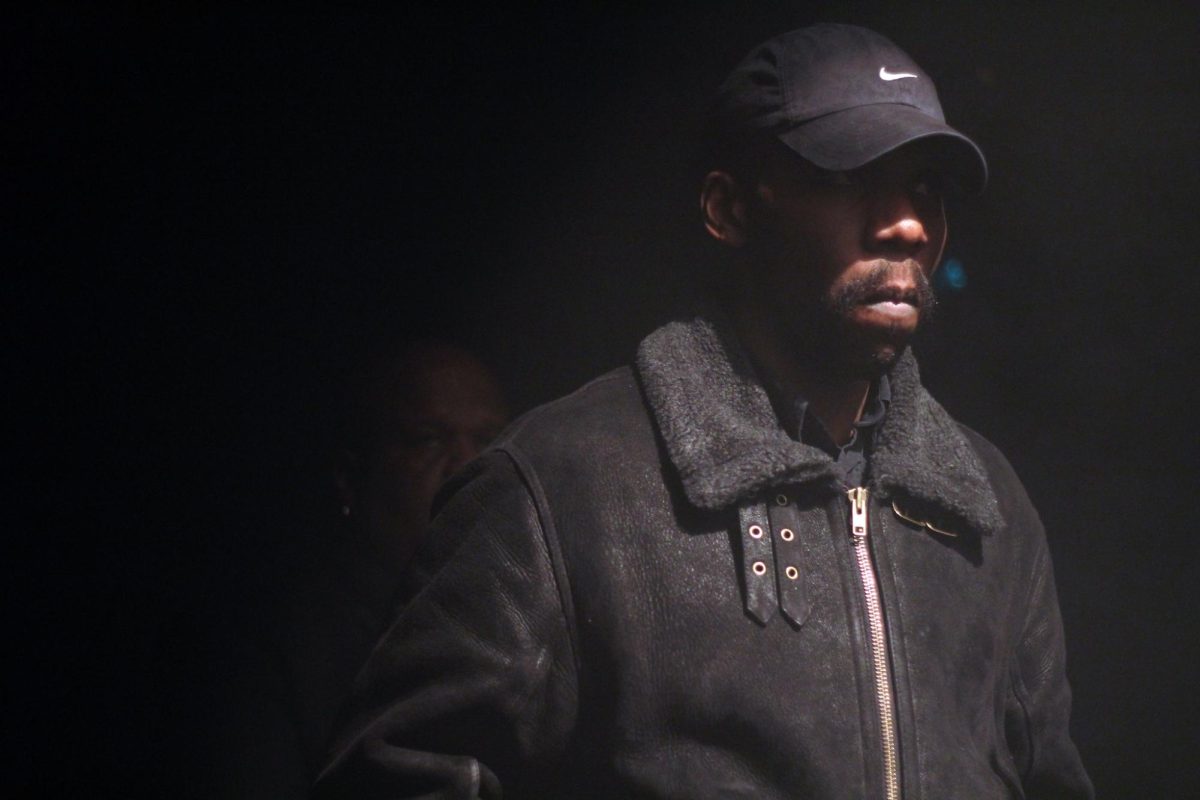




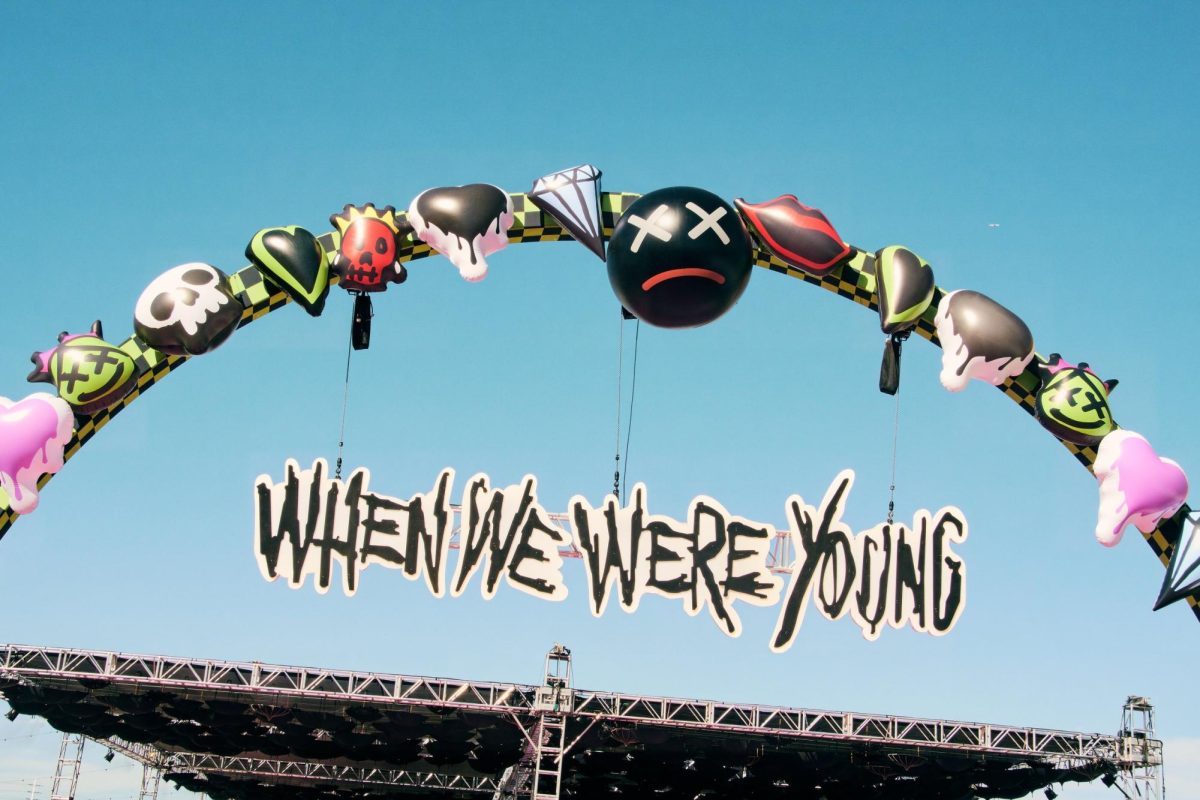

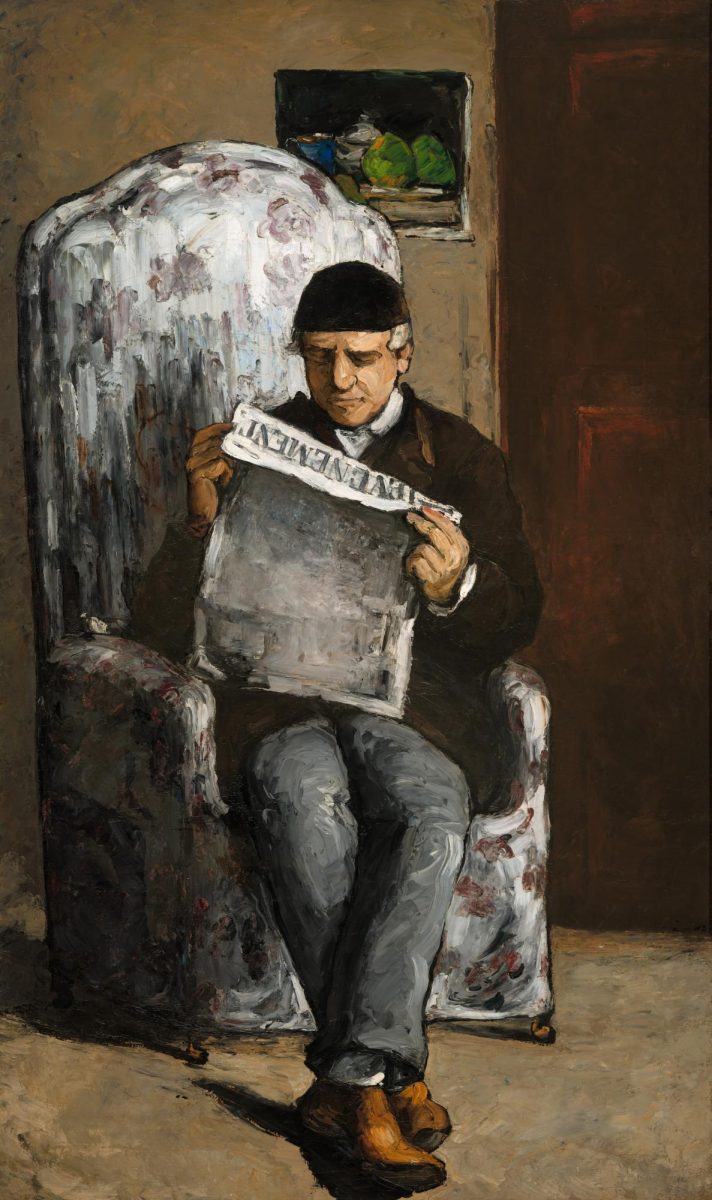


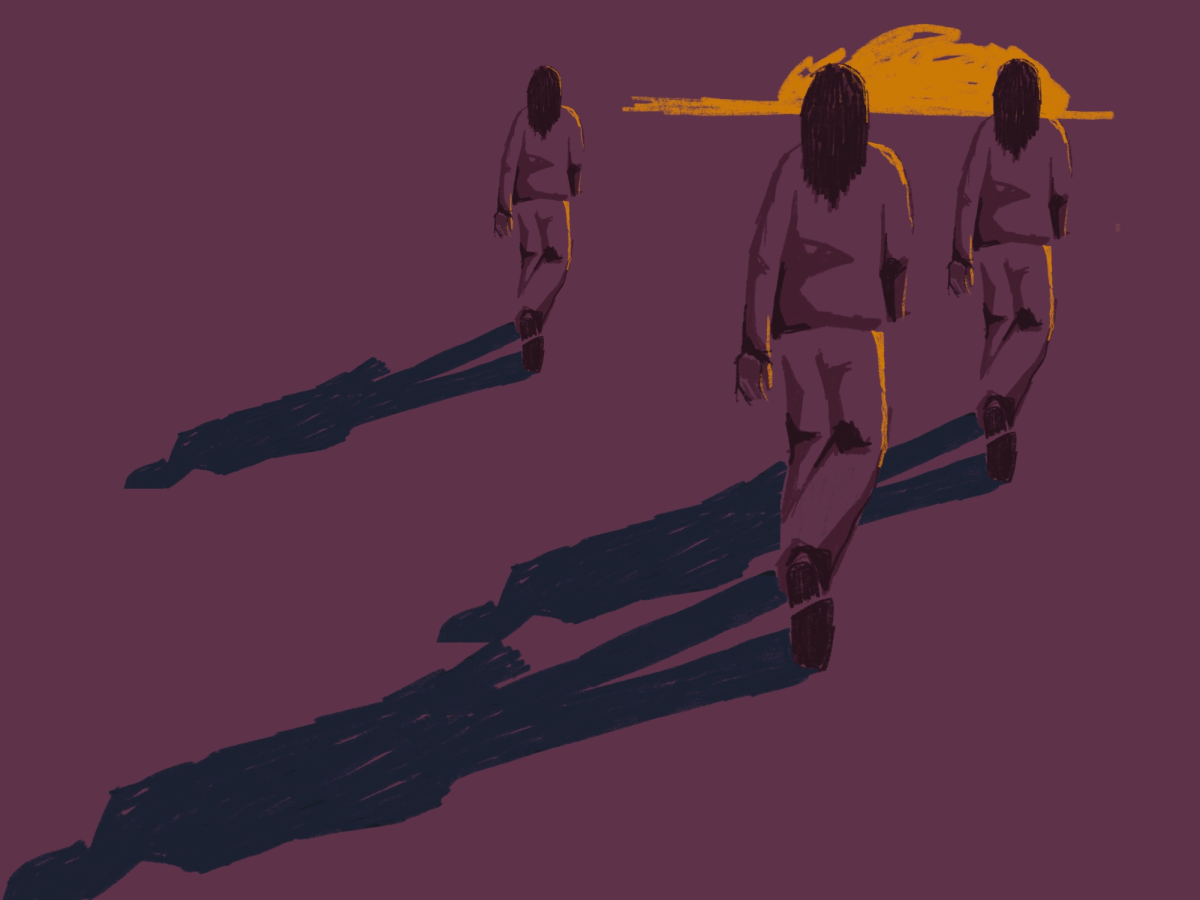

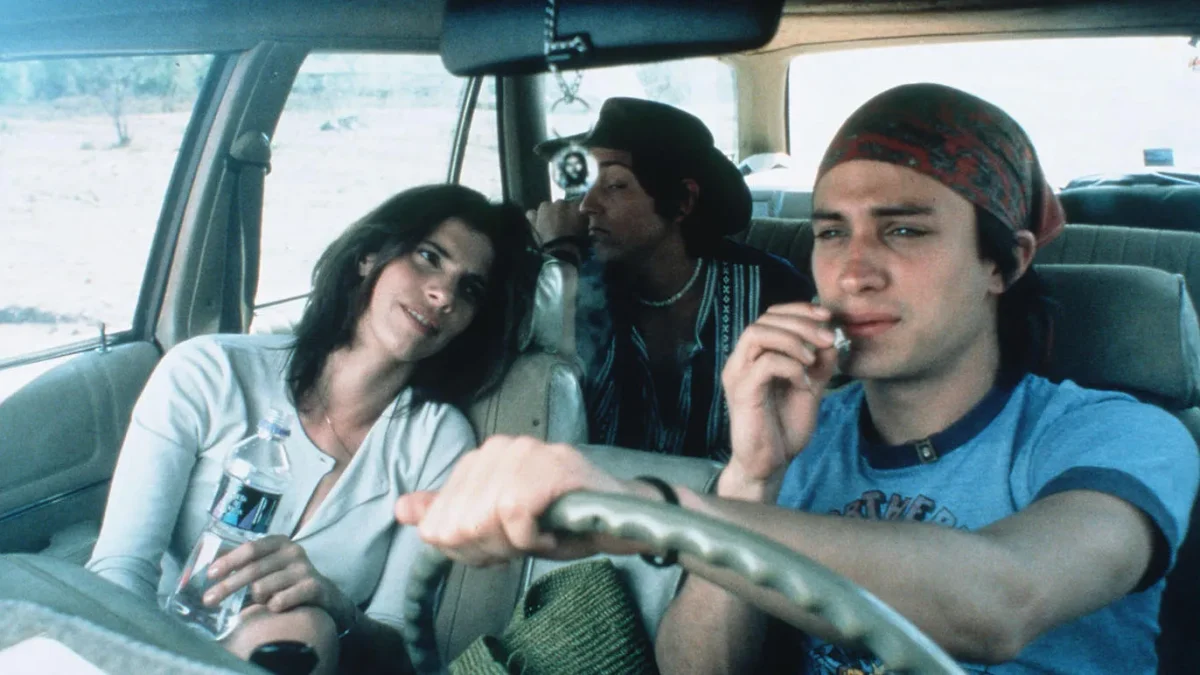


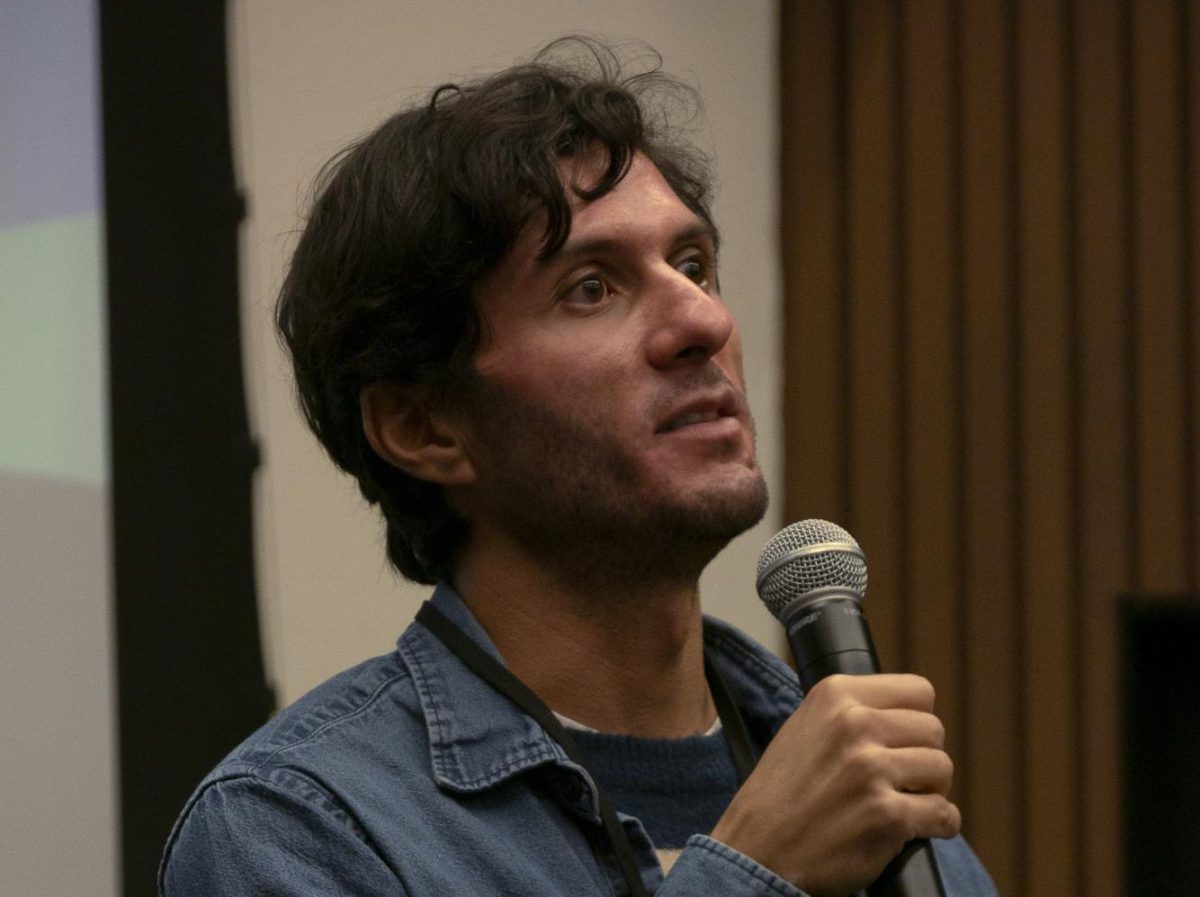
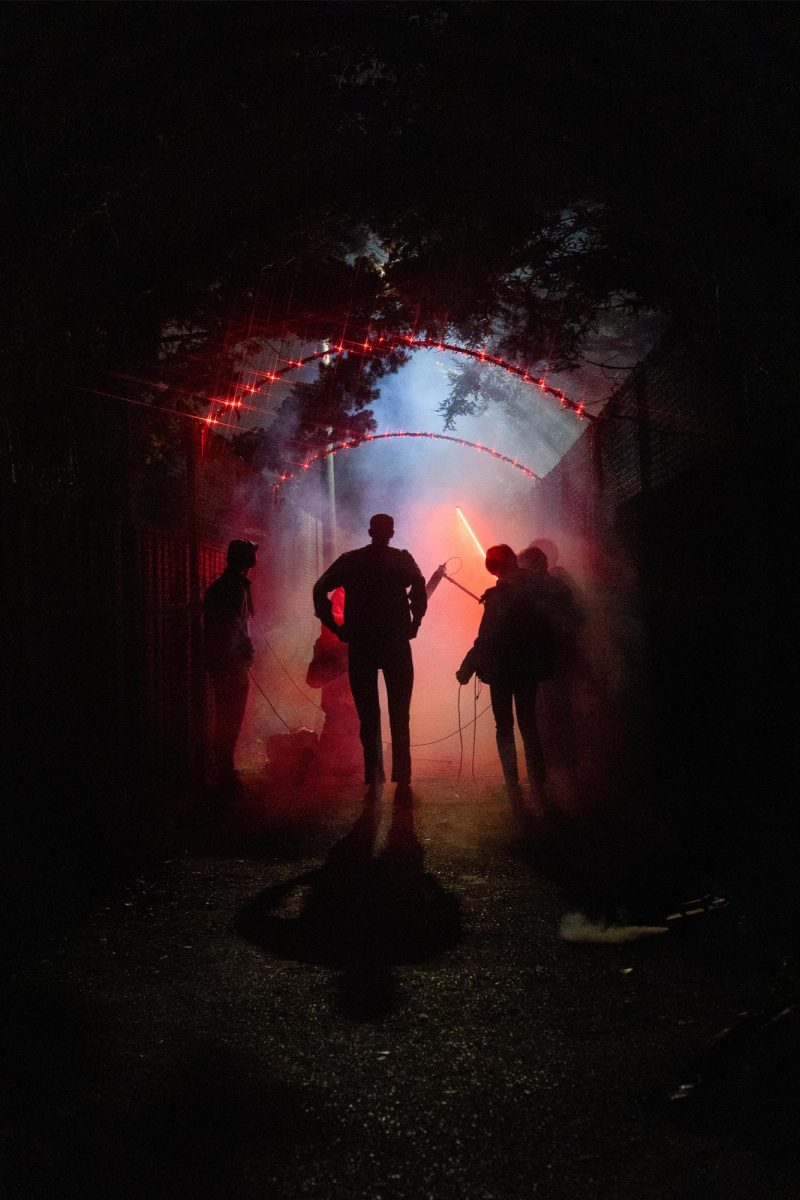

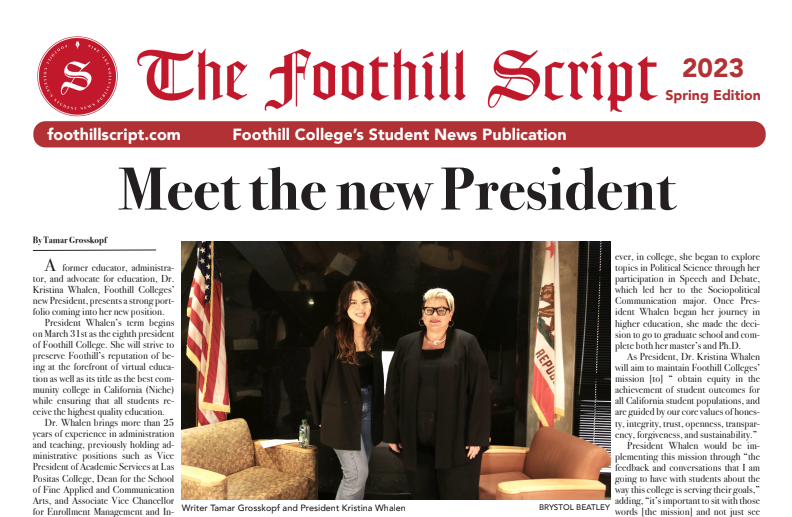
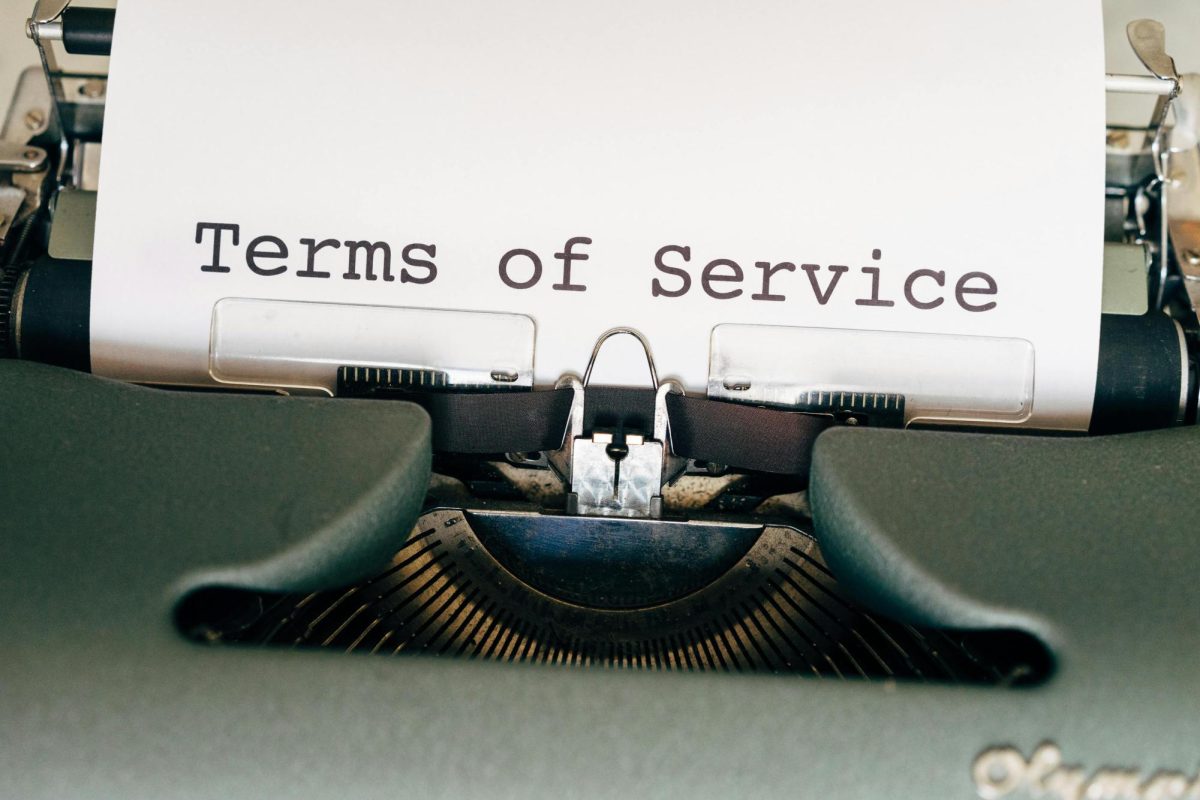
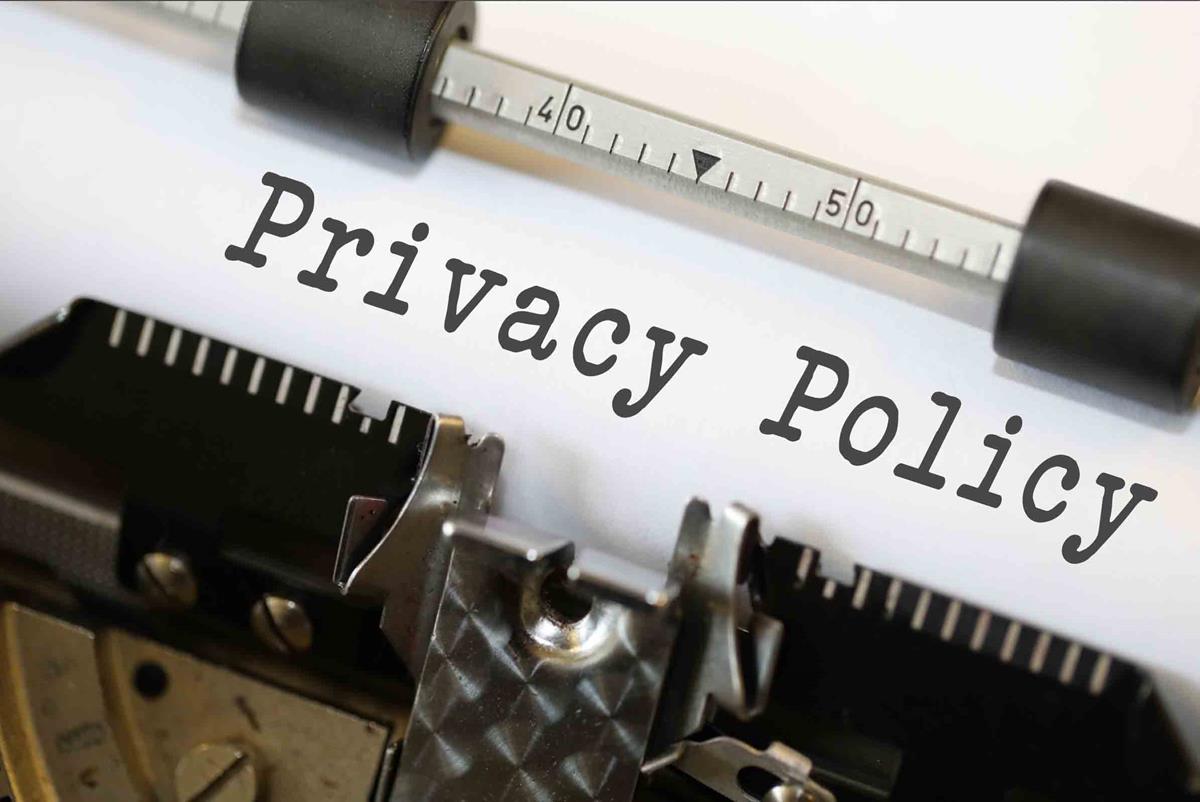

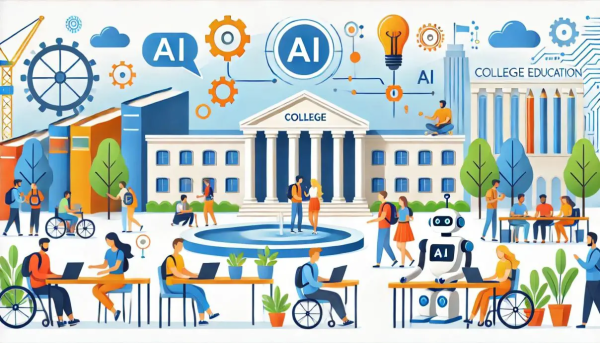

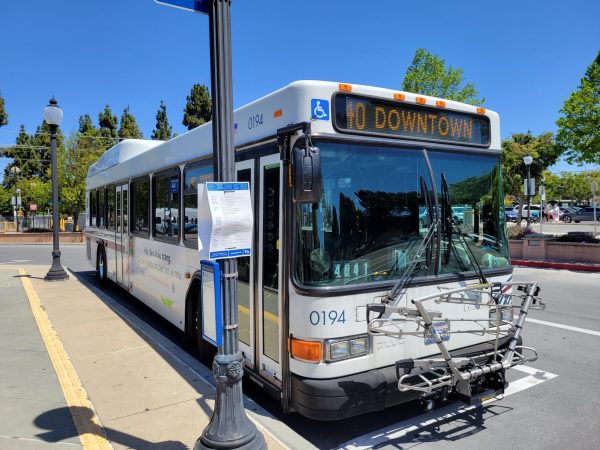
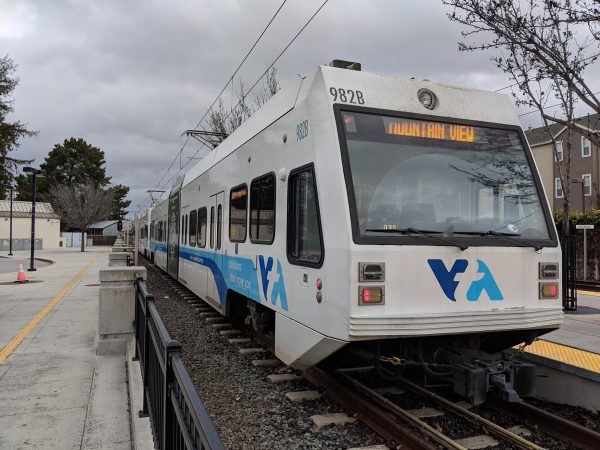

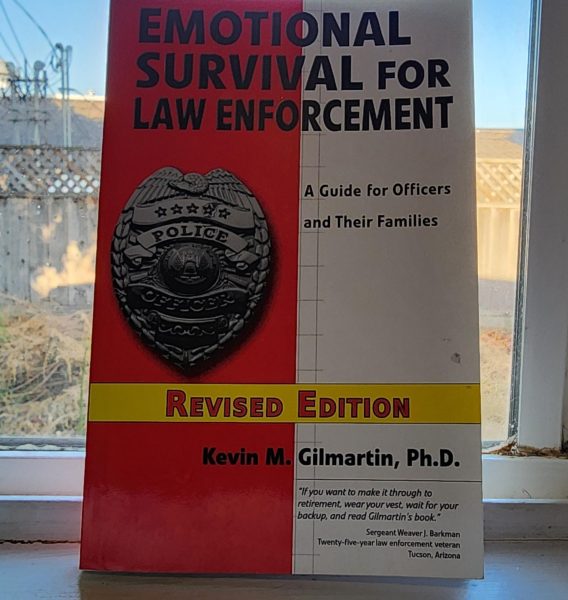
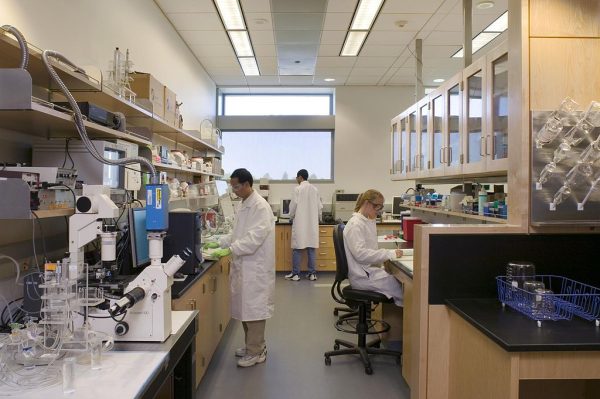

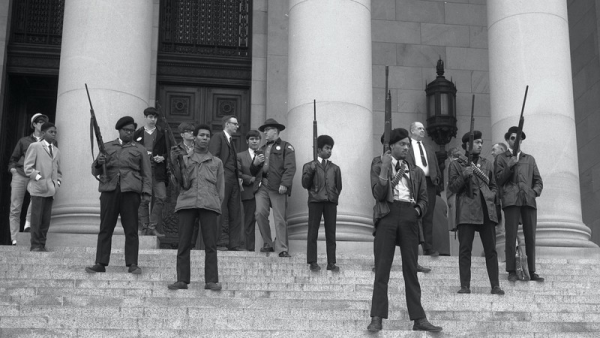

Shalini
Nov 3, 2017 at 8:38 pm
Have been to USA as a tourist & found its public transport to be pathetic as compared to cities like Paris, London or Tokyo. If u don’t have international license u need to rely on cabs which are costly. With better public transport I am sure it will not only help the locals/tourists but also help in preventing traffic chaos & is definitely environmental friendly.